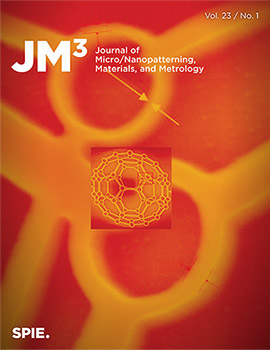Hui Xu, Ye Yuan, Ruijun Ma, Pan Qi, Fuxin Tang, Xinzhong Xiao, Wenxin Huang, Huaguo Liang
Journal of Micro/Nanopatterning, Materials, and Metrology, Vol. 23, Issue 01, 013202, (February 2024) https://doi.org/10.1117/1.JMM.23.1.013202
TOPICS: Lithography, Education and training, Convolution, Feature fusion, Feature extraction, Machine learning, Performance modeling, Deep learning, Convolutional neural networks, Statistical modeling
Lithography hotspot (LHS) detection is crucial for achieving manufacturability design in integrated circuits (ICs) and ensuring the final yield of ICs chips. Recognizing the challenges posed by conventional deep learning-based methods for lithographic hotspot detection in meeting the demands of advanced IC manufacturing accuracy, this study introduces an LHS detection approach. This approach leverages multi-scale feature fusion to identify defects in lithographic layout hotspots accurately. This method incorporates the convolutional block attention module into the backbone network to enhance the focus of the model on the layout area. Additionally, a feature pyramid is employed to merge deep and shallow features from the layout pattern, significantly enhancing the capability of hotspot detection network to extract both image and semantic features. Concurrently, by utilizing a dense block that directly interconnects various layers, the network gains the capacity to capture the correlation between low-level and high-level features, thereby enhancing the perceptual capabilities of the model. Experimental results demonstrate the superiority of the algorithm across accuracy, false alarm, F1 score, and overall detection simulation time compared to alternative lithographic hotspot detection algorithms.



 Receive Email Alerts
Receive Email Alerts